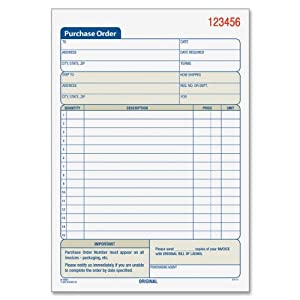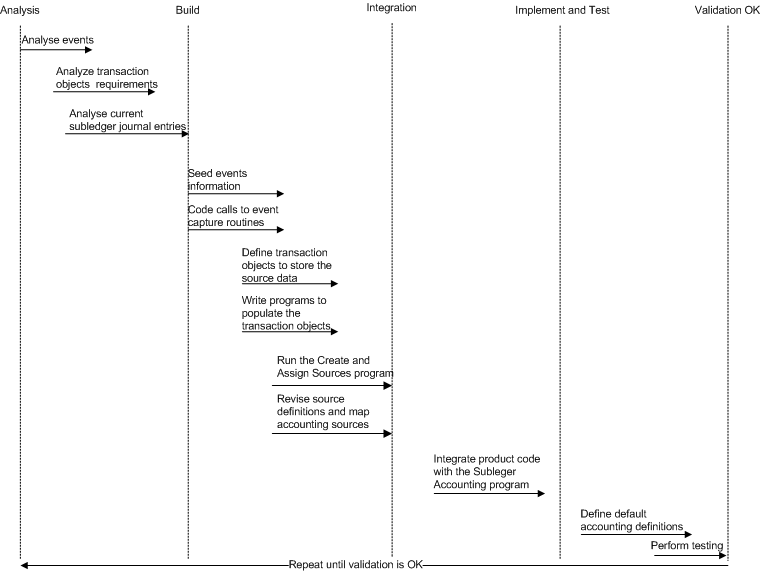Content

Preparation of financial reports assumes that the readers have sufficient knowledge about the business and its economic activities. It is a principle of accounting but not the part of qualitative characteristics because it helps the company to make decisions by considering all factors. Fundamentally, financial statement information needs to be 1) relevant and 2) faithfully represented. Faithful representation means that information is complete, neutral, and free from bias.
- The expectations gap is the difference between what people think accountants should be doing and what accountants think they can do.
- Explain the purpose and structure of each general-purpose financial statement.
- Concepts Statements guide the Board in developing sound accounting principles and provide the Board and its constituents with an understanding of the appropriate content and inherent limitations of financial reporting.
- A neutral choice between accounting alternatives is free from bias towards a predetermined result.
1) Predictive value – Financial information that has predictive value can be applied to predict future information. The Structured Query Language comprises several different data types that allow it to store different types of information… Complete– Financial statements should not exclude any transaction.
Verifiability
To have prediction value, information need not be in the form of an explicit forecast. However, the ability to make predictions form financial statements is enhanced by the manner in which the information on the past is presented.

The two fundamental characteristics to remember come exam day are relevance and faithful representation. Exists when there is agreement between a measure or description and the phenomenon it purports to represent.
Qualitative characteristics of financial statements
These three statements together show the assets and liabilities of a business, its revenues and costs, as well as its cash flows from operating, investing, and financing activities. Therefore, financial statements should include the current year statements, the comprehensive income statement and statement of financial position, presented beside the prior year statements and it is also called as comparatives. To be able to view similarity prepared financial statements over time allows users to make judgments about trends in performance and in changes in financial https://business-accounting.net/ position and use this information to predict into the future. Comparability is the degree to which accounting standards and policies are consistently applied from one period to another. Financial statements that are comparable, with consistent accounting standards and policies applied throughout each accounting period, enable users to draw insightful conclusions about the trends and performance of the company over time. In addition, comparability also refers to the ability to easily compare a company’s financial statements with those of other companies.

The financial accounting standard board defines usefulness as the information that is useful for the users in decision making . Reliability is inferred when the information is verified, objective, and can be relied The four principal qualitative characteristics of financial reporting. on. Therefore, Statement of Financial Accounting Standards No. 157 standardizes the valuation and disclosure of fair value for assets and liabilities in order to achieve both usefulness and reliability.
What are the most important financial statements?
Briefly explain the meaning of decision-usefulness in the context of financial reporting. Which of the following was not given as a reason for acquirers paying too much in an acquisition?
On the one hand, compare aspects of an entity at one time and over time. The entity is asked to adopt the same accounting policy unless some special situation. The comparability quality characteristic can help financial report users comprehend the financial condition, opening result and the trend of cash flow easily, and then compare the information during different period. On the other hand, compare with different entities in the same accounting period.
Older information can still be timely if it allows users to identify and assess trends. To faithfully represent information, it must be complete, unbiased, and error-free. Perfectly faithful representation is rarely possible but try to get as close as you can. Verifiability is the extent to which information is reproducible given the same data and assumptions. For example, if a company owns equipment worth $1,000 and told an accountant the purchase cost, salvage value, depreciation method, and useful life, the accountant should be able to reproduce the same result. If they cannot, the information is considered not verifiable.
Key Considerations for the 2023 Annual Reporting Season: Form 20 … – JD Supra
Key Considerations for the 2023 Annual Reporting Season: Form 20 ….
Posted: Thu, 19 Jan 2023 08:00:00 GMT [source]
This characteristic is maintained by adopting accounting policies and standards that are applied are consistent from period to period and between different jurisdictions. This enables the users of the financial statements to identify and plot trends and patterns in the data provided, which makes their decision making easier. First, understandability is including taking into consideration users’ abilities, and aggregation and classification of information. Relevance is including having predictive value and confirmatory value.